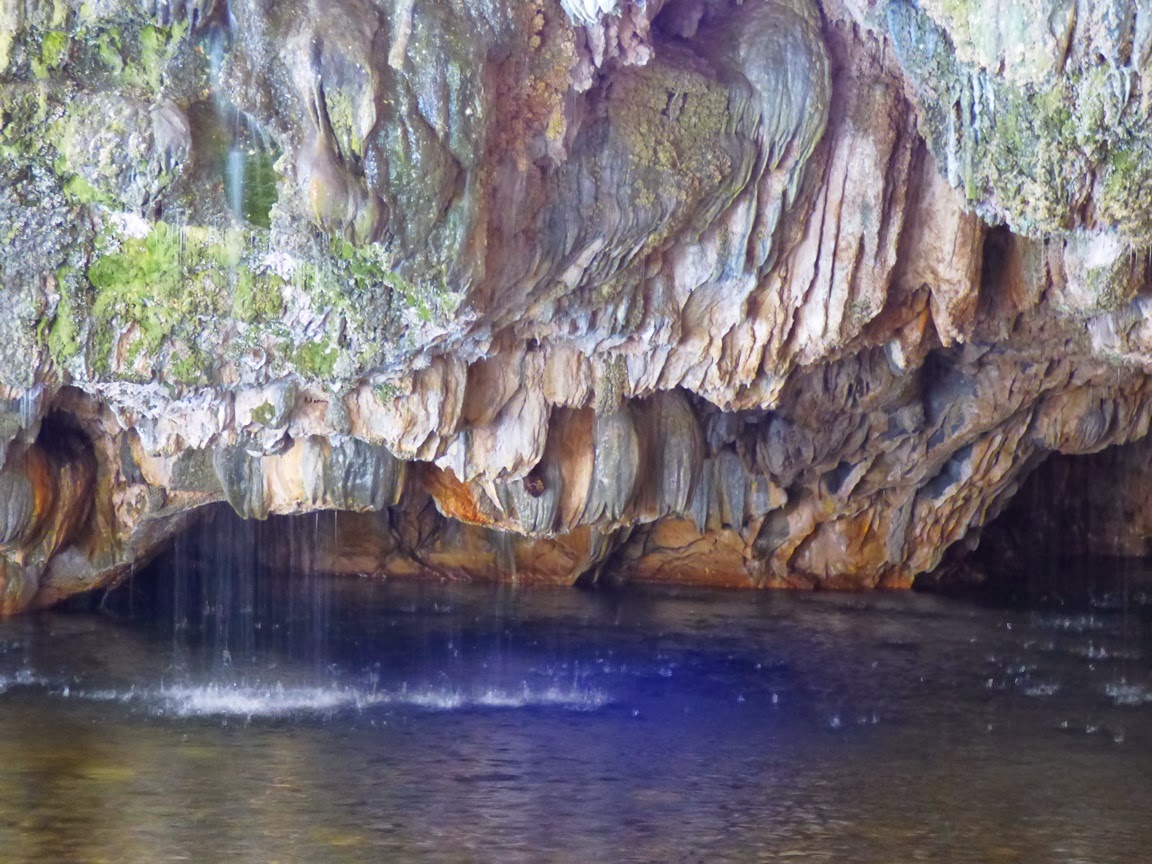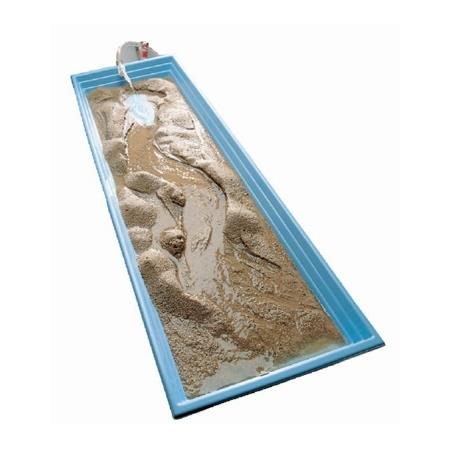Type of processes that create landforms, such as valleys and canyons.
What are slow processes?
The process of larger rocks being broken down into smaller rocks
What is weathering?
The process that causes rocks and dirt to be picked up and moved to a different location.
What is erosion?
These are used by people in their daily lives and come from nature.
What are natural resourcs?
This is the act of saving, protecting or using resources wisely.
What is conservation?
These types of rocks have many holes in them and can collect water/dirt or air can flow through them.
What is porous?
This landform is created when wind moves dirt and sand and deposits them when the wind energy slows/stops.
What are sand dunes?
These are the elements of change responsible for weathering.
What is water, wind, and ice?
This is the placement of sediment in a new location due to inability of the agent of change to maintain movement/loss of energy.
What is deposition?
These resources can not be replaced by nature easily or quickly and include coal, oil, minerals, and natural gas.
What are nonrenewable resources?
This is the process of putting materials through processes that allows them to be reused.
What is recycling?
This term means the ability to allow water to flow through tiny spaces contained within a rock.
What is permeability?
This slow process results in the creation of V-shaped canyons - narrow steep on both sides.
What are rivers?
This is the smaller rocks that result from the process of weathering.
What is sediment?
The process responsible for the placement of rocks built up on the sides of the river bank.

What is deposition?
These resources can be replaced easily or quickly and include sunlight, water, wind, plants, and animals.
What are renewable resources?
All the living and nonliving things in an area.
What is the environment?
This mineral found in rocks allows water to flow through it and are responsible for Natural Bridge Caverns.

What is limestone?
This landform is created by the movement of a glacier.
What is a U-shaped valley?
The agent of change responsible for this landform:/https://tf-cmsv2-smithsonianmag-media.s3.amazonaws.com/filer/47/5f/475f2d65-ddc3-4b5d-a434-bf5fb319d48c/8078224634_f4323bbfb2_o.jpg)
What is wind?
This is a stream table and is used to model the flowing water in a river. Different amounts of water poured into the model would results in varying amounts of erosion. To get the greatest amount of erosion, you would use more or less water?

What is more water?
T/F: Because renewable resources can be replaced easily/quickly, you can use as much as you want. Why or why not?
What is false? Renewable resources have to have time and the right conditions to be replaced.
Driving an electric vehicle has two advantages that help preserve our natural resources. These include:

What is reduce the use of gasoline (a nonrenewable resource) and protect the environment (reduce air pollution, a renewable resource)?
This is a layer of rock that is permeable to water; it collects rain that soaks down from the ground's surface and is stores in the pores in the rock.
What is an aquifer?
This landform is created at the mouth of a river where sediment is deposited.
What is a delta?
This agent of change and process are responsible for creating the holes in the rocks where water can collect.

What is weathering by water?
Erosion is the movement of sediment from one place to another. Water from a river will cause erosion of sediment. The deposition of the sediment will most likely occur in the mountains, on smaller hills, or on flat land?
What is on flat land?
T/F: Plants are nonrenewable because once you cut it down or pull it up, it dies. Why or why not?
These are the benefits of recycling.
What is reduce amount of trash in landfills and conserve natural resources?
This type of rock layer traps oil and natural gas and does not allow anything to pass through them.
What is impermeable?